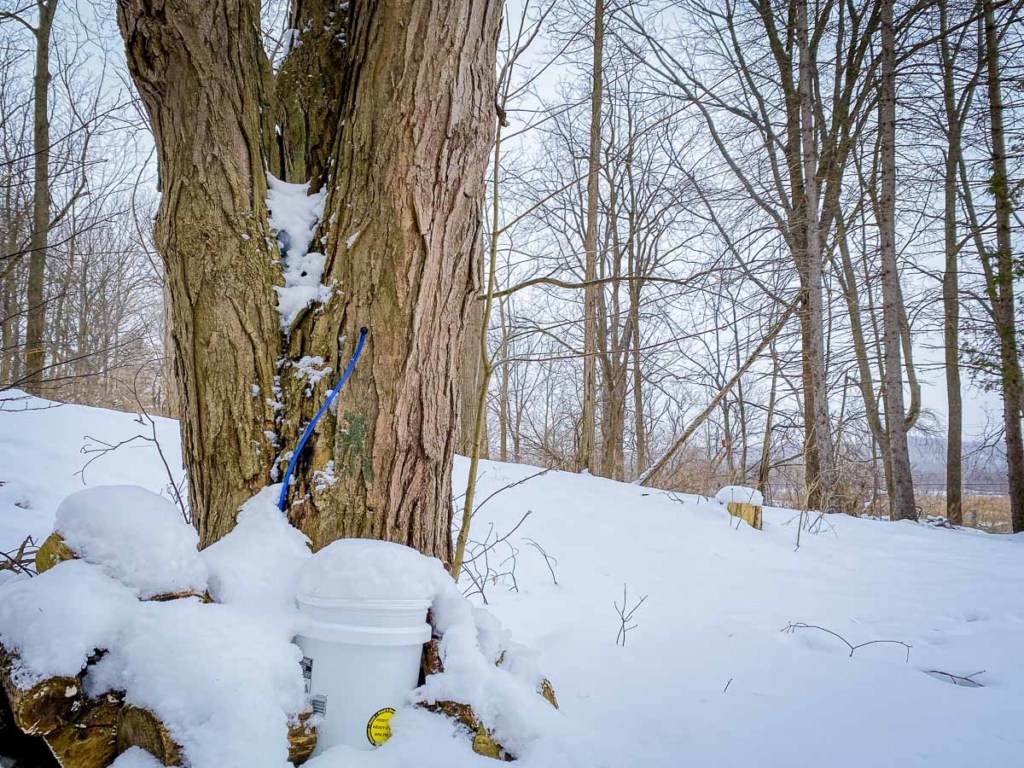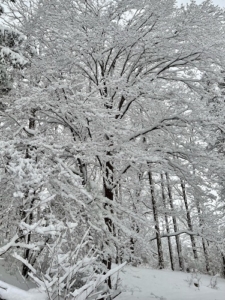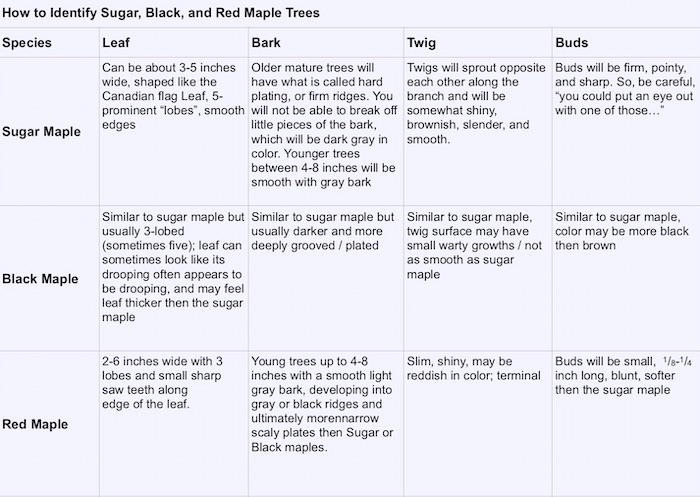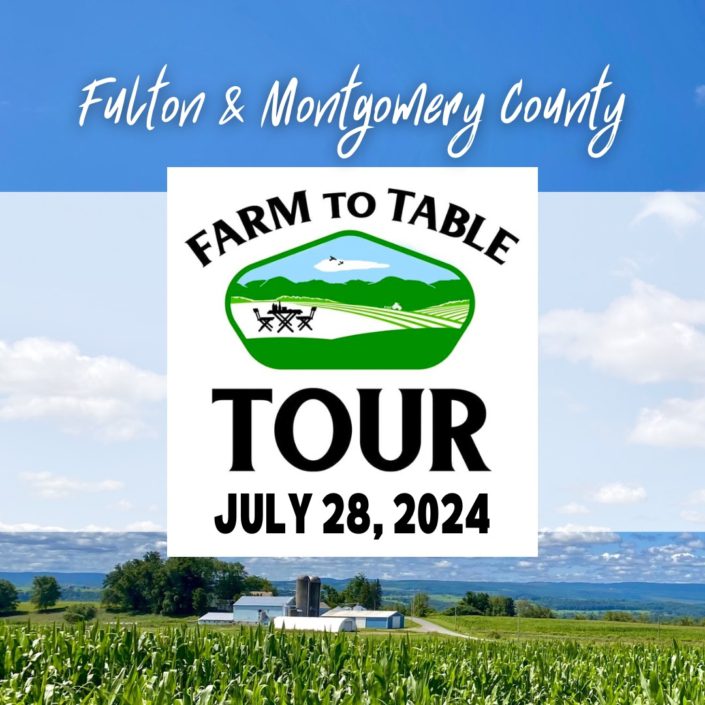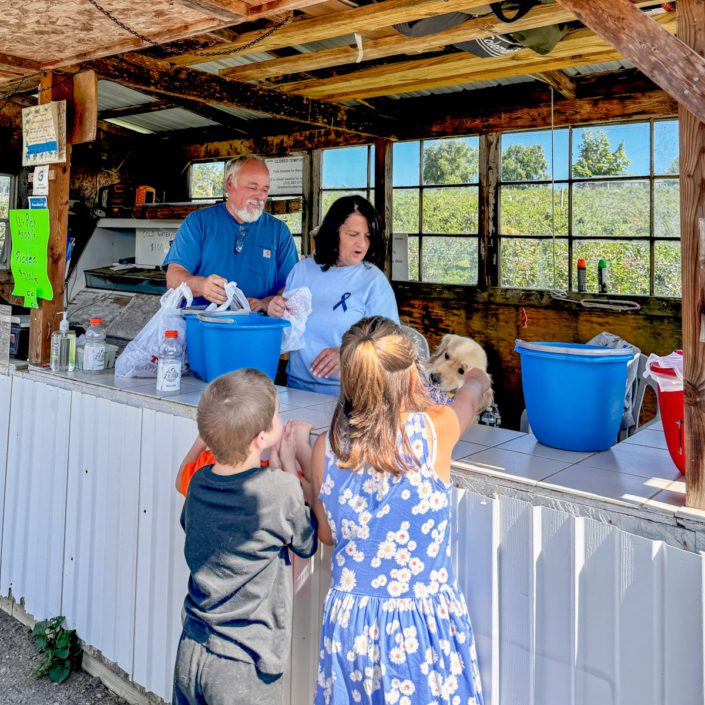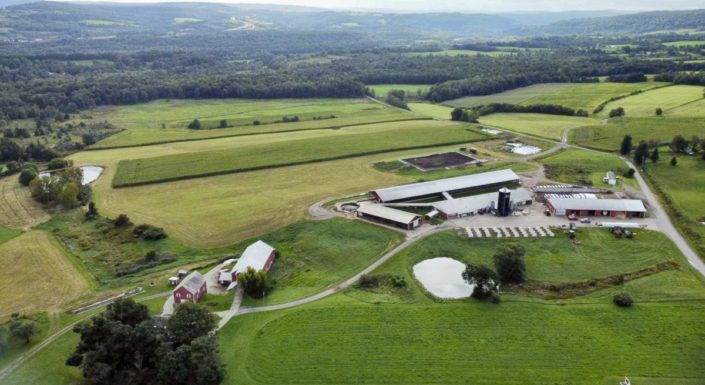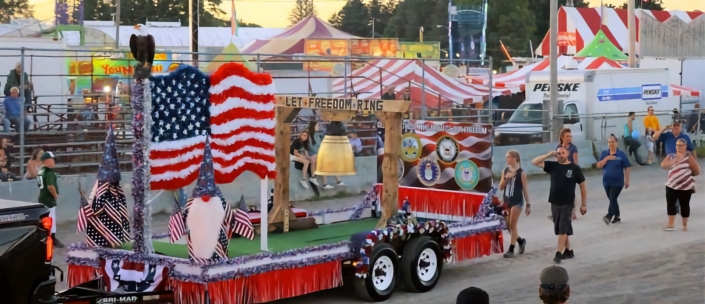How to identify maple trees to make your own maple syrup
With slightly warmer winter temps, comes a window of opportunity for an early maple sap run. If you haven’t started your maple season preps, now may be the time to get started!
Maple sugaring: The 5th season!
Maple sugaring season usually runs each year from mid to late February through late March into the beginning of April. Having said that, this week’s warmer daytime temps, above 40º, and below freezing colder nights, the conditions are just right to collect maple sap.
Making your own maple syrup is a fun and rewarding late-winter activity for the whole family. If you enjoy the taste of real maple syrup on your pancakes, then making your own maple syrup could be the next step for you.
It’s important to start with the right trees.
To make your own maple syrup you’ll need a few maple trees and you’ll need to make sure you know what type of maple trees you have access to before you begin. Knowing the different types of maple trees and how to identify them is really the first step.
Identifying maple trees
There are several different types of maple trees that you can tap to make maple syrup. All varieties of maple trees can be used to make maple syrup. It’s just that some varieties of maple trees have a higher sugar content in their sap than others. When you are looking to identify maple tress there are several key places to look to help let you know you have the right tree. You can look at the
- bark,
- leaves,
- twigs or branch growth, and
- buds at the tips of each branch.
Sugar Maple Trees
This maple tree can be the easiest to identify thanks to its distinctive leaf shape. Think about the leaf on the Canadian National Flag. The leaf on the flag is the shape of the sugar maple leaf. If you have access to trees with leaves shaped like this, you’re in the right place! Without leaves on the trees at this time of year, take a look at the bark and twigs for to identify.
Sugar maple trees have the highest level of natural sugars–this is why they’re called sugar maple trees. It’s important to note that the higher the sugar content of the sap, the less time it will take to boil out the water to make syrup.
Black Maple Trees
Black Maple, along with the sugar maple are considered ‘hard” maple due the density of the wood which is often used in furniture making. These trees have darker bark, but are very similar to the sugar maple trees both in appearance and in sap sugar content.
In some areas both species can be found growing together making it difficult to distinguish between the two. But that’s okay, because black maple trees along with the sugar maple are well suited for making syrup.
Red Maple
The red maple naturally grows in low wet areas and can tolerate growing in higher pollution locations. This makes the red maple a frequent choice for city green spaces. The wood of the red maple tree is considered soft and prone to disease, or storm damage.
The sap of the red maple tree generally has a lower sugar content than sugar or black maples. Having said that, red maple trees still can produce quality sap to make great tasting maple syrup, it will just take longer for the higher water content to evaporate.
Here is a handy table too help you to learn to identify maple trees:
Take a look around
The magic of making maple syrup continues to inspire me to make our own maple syrup each season. The important learning step for me was to identify our maple trees. Once I learned how to identify maple trees I was surprised at how many I found on our property! We really enjoy the whole process, and the sweet results, just the same.
Now you know a little about maple trees take look around and see if you have any near you. Do you have access to them? Can you tap them and make your own maple syrup?
Want to know more?
Here are a couple of resources you can use to learn more about maple trees and how to make your own maple syrup:
- Maple Trees.Com has a lot about all species of maple trees as well as information on growing and caring for your own maple trees. You may find this helpful in accessing specific information about your maple trees.
- Visit the Cornell Maple Program website which has a whole section just for beginners to help you make your own maple syrup. This is a favorite resource for us that we go back to often each season. The information helps us to learn about new information that could be helpful when we make our own maple syrup!
Be sure to following along the series on Making Your Own Maple Syrup which we kicked off with our first article “Is it too soon to make Maple Syrup?
Keep an eye out for our next post about how to tap maple trees to collect sap!

